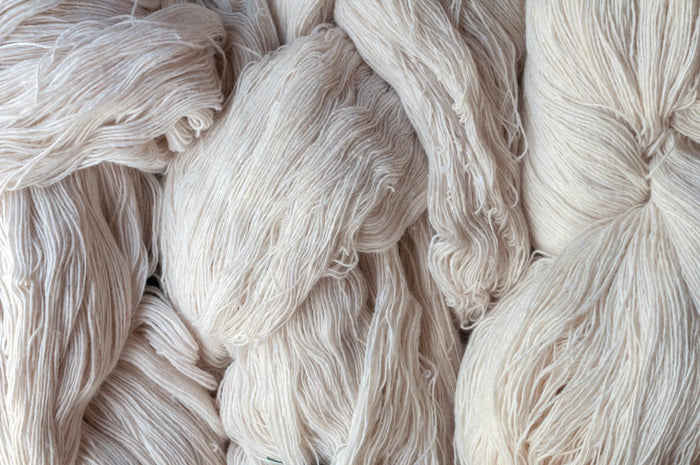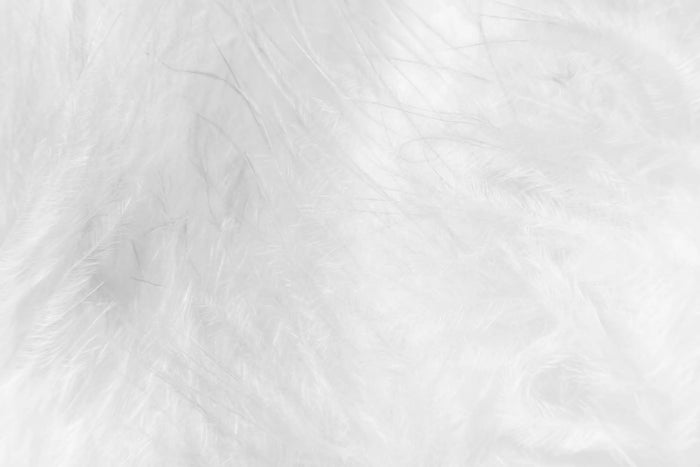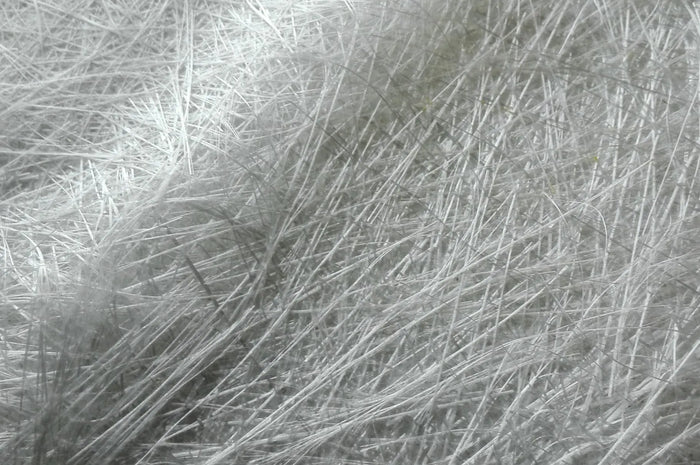Each year, conventionally-grown cotton producers across the globe use nearly $3.3 billion of chemicals. Cotton is grown on 2.5% of the world's agricultural land but consumes 16% of all the insecticides and 7% of all herbicides used globally-- more than any other crop in the world (1).
Conventional cotton growers typically use insecticides such as organophosphates, pyrethroids, and neonicotinoids, which have all been associated with harmful impacts on the environment.2 Organophosphates — insecticides originally developed as toxic nerve agents during World War II — are generally the most toxic of all pesticides to vertebrates.3+4
Organic cotton avoids the use of synthetic pesticides and fertilizers--and helps save freshwater resources as 80% of the land that produces organic cotton is located in predominantly rainfed areas. Organic practices can also reduce energy consumption by up to 30-70% per unit of land.5 GOTS is our target standard and all but one of our sources is accredited to this level.
Why We Choose Organic Cotton
- Organic cotton sustains the health of soils, ecosystems, and people. Its cultivation relies on ecological processes and cycles, rather than artificial inputs which can have unintended adverse effects. 6
- Organic cotton eliminates the use of synthetic pesticides and GMO seeds. 6
- Soil building practices such as crop rotations and inter-cropping, in which farmers grow two or more crops in close proximity, promote soil biodiversity. Organic agriculture is also beneficial to farmers, as the variety in crops provides multiple sources of income and ensures less chance of low production or yield failure. 7
- Insect populations globally are in decline. While conventional cotton accounts for 16% of global insecticide releases-- more than any other single crop-- organic farming uses beneficial insects and produces cotton entirely free of pesticides. 8
- Five billion people, or around two-thirds of the world’s population, will face at least one month of water shortages by 2050. Organic cotton is 80% rain-fed, which reduces pressure on local water sources. 9+10
Footnotes
- theworldcounts.com/challenges/clothing/world-cotton-production-statistics
- organic-center.org/chemical-use-conventional-cotton
- epa.gov/caddis-vol2/insecticides
- ncbi.nlm.nih.gov/books/NBK470430/
- textileexchange.org/app/uploads/2021/07/Textile-Exchange_Organic-Cotton-Market-Report_2021.pdf
- organiccottonaccelerator.org/why-organic-cotton/
- fao.org/organicag/oa-faq/en/
- ejfoundation.org/resources/downloads/the_deadly_chemicals_in_cotton.pdf
- scientificamerican.com/article/5-billion-people-will-face-water-shortages-by-2050-u-n-says
- textileexchange.org/app/uploads/2021/07/Textile-Exchange_Organic-Cotton-Market-Report_2021.pdf

























